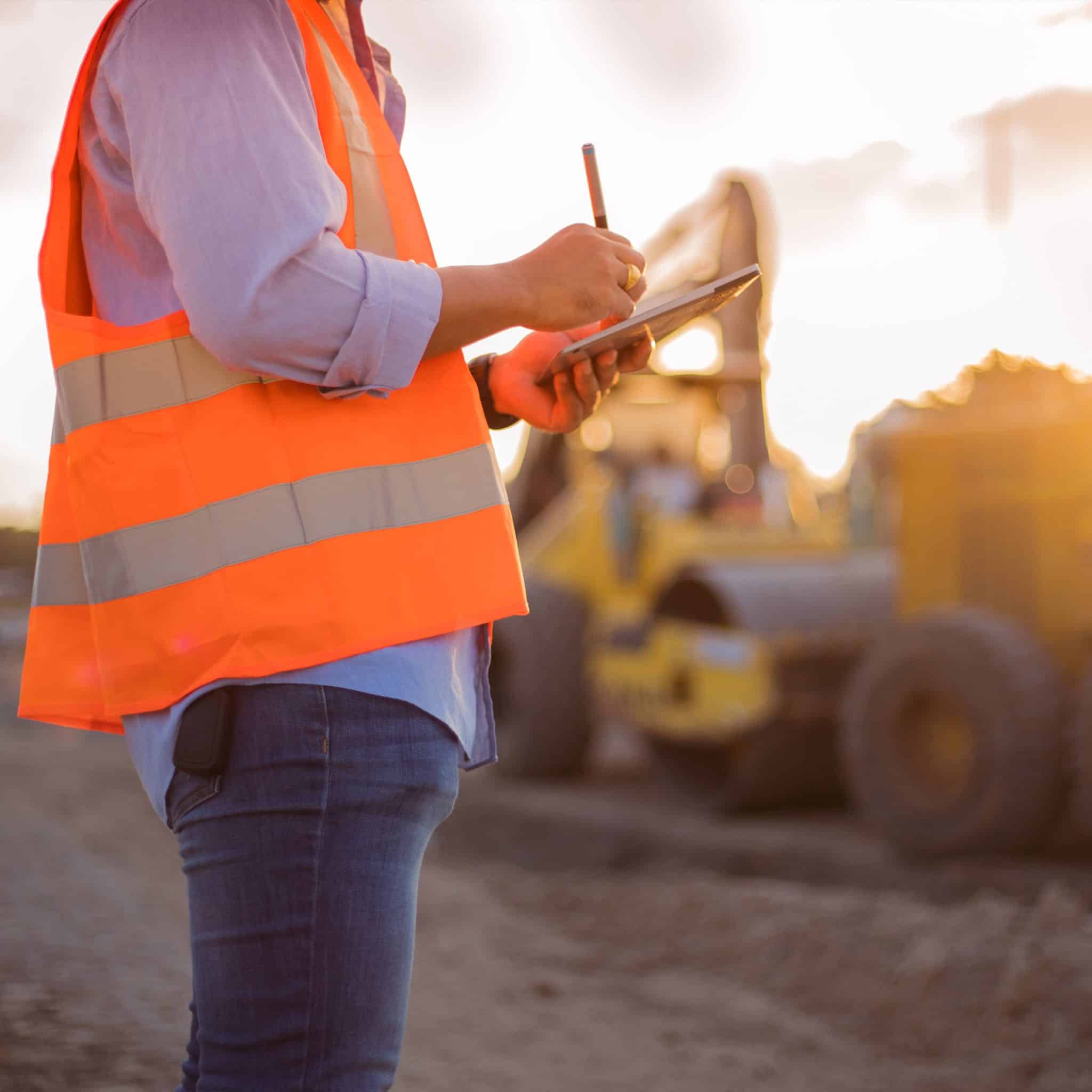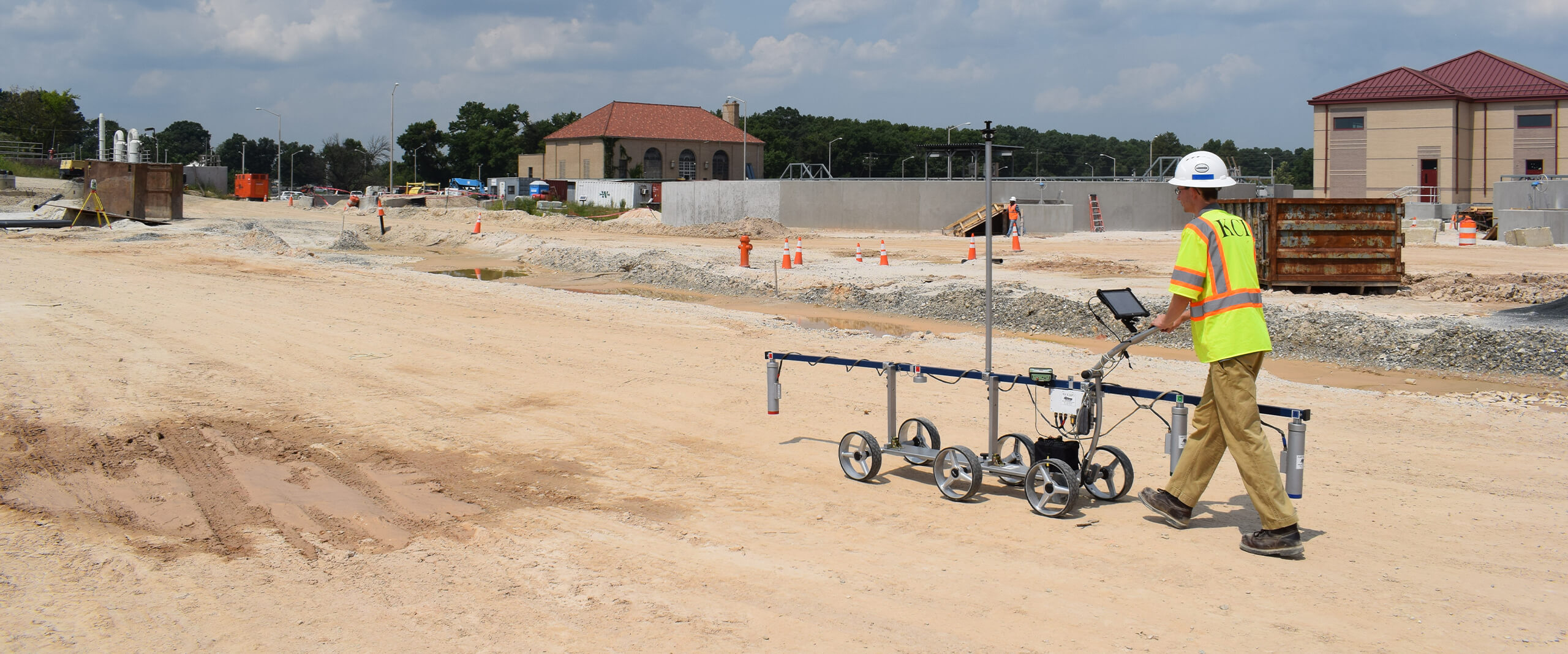The Function of an Engineer of Record in Ensuring Structural Stability and Conformity
Discovering the Innovative Techniques and Technologies Forming the Future of the Geotechnical Industry for Sustainable Design Solutions
The geotechnical market is undertaking a transformative shift, driven by cutting-edge methods and modern technologies that highlight lasting engineering options. Advanced soil stabilization approaches, the use of clever materials, and the application of data analytics are redefining just how we approach facilities challenges.
Advanced Soil Stablizing Techniques
Soil stablizing is a crucial procedure in geotechnical design, targeted at boosting the physical buildings of soil to enhance its load-bearing ability and toughness. Advanced dirt stabilization strategies play an essential role in dealing with obstacles related to unpredictable or weak dirts, thereby allowing risk-free and reliable construction practices.
Among the noticeable methods, chemical stabilization involves the use of ingredients such as lime, concrete, or fly ash, which respond with dirt fragments to form a much more natural mass. This strategy is particularly effective in improving the strength and wetness resistance of extensive clay soils. Mechanical stabilization, on the other hand, includes the physical modification of dirt buildings via compaction or the incorporation of granular products, leading to improved thickness and security.
An additional cutting-edge strategy is using geosynthetics, which supply support and minimize soil erosion while enhancing water drainage. Techniques like soil blending and deep dirt stabilization are also getting grip, enabling in-situ treatment of troublesome dirts. Jointly, these sophisticated techniques not only improve the efficiency of dirt structures but additionally add to sustainable engineering techniques by decreasing the requirement for substantial excavation and material transport.
Smart Products in Geotechnics
Advancement is at the center of geotechnical design, especially with the incorporation of clever materials that enhance the efficiency and performance of soil frameworks. Smart materials, such as form memory alloys, piezoelectric products, and self-healing polymers, are transforming the means designers approach dirt stabilization and framework durability (tailings engineer). These products can adapt to changing ecological conditions, reply to anxiety, and even fix themselves, substantially enhancing the resilience of geotechnical systems
As an example, piezoelectric products can generate electric costs in action to mechanical stress, using potential for real-time surveillance of soil conditions and architectural integrity. In a similar way, self-healing materials can autonomously repair problems and splits, lowering maintenance expenses and expanding the life-span of geotechnical assets. The integration of these wise products not just enhances the mechanical residential or commercial properties of dirt yet also adds to lasting design techniques by reducing resource usage and environmental influence.
As the geotechnical industry remains to evolve, the adoption of wise products will certainly play a vital function in creating cutting-edge services, making certain that infrastructures are not only robust however likewise adaptable to future difficulties. This transformative strategy is positioned to redefine the criteria of safety and security and efficiency in geotechnical design.
Information Analytics for Framework
The assimilation of wise products in geotechnical engineering has paved the method for sophisticated methods, especially in the realm of data analytics for facilities. This ingenious method leverages comprehensive data collection and analytical techniques to enhance decision-making procedures throughout the framework lifecycle. By making use of sensing units embedded in smart materials, designers can continually keep an eye on important criteria such as soil stability, dampness degrees, and architectural stability.
Data analytics enables the makeover of raw information right into actionable understandings, permitting for predictive maintenance and boosted danger administration. Advanced algorithms and equipment understanding strategies help with the recognition of patterns and anomalies, which can notify prompt treatments and optimize resource allocation. In addition, integrating geographical info systems (GIS) enhances spatial evaluation, additional enriching the decision-making structure.
As infrastructure tasks grow in intricacy, the reliance on information analytics ends up being increasingly essential. It cultivates a positive approach, decreasing the possibility of failings and making sure the longevity and sustainability of frameworks. By taking advantage of the power of information analytics, the geotechnical industry is placed to not just enhance existing practices however additionally pioneer cutting-edge solutions for future facilities challenges. This synergy of modern technology and engineering principles will certainly define the future of lasting framework development.

Lasting Ground Enhancement Approaches
Different lasting ground enhancement approaches are becoming vital options to address the difficulties of geotechnical engineering while reducing ecological effect. These approaches not only improve dirt performance check my reference however also advertise ecological stewardship by minimizing dependence on conventional, a lot more invasive techniques.

One more cutting-edge method is the application of geosynthetics, which consists of biodegradable materials that enhance soil while promoting water drainage and erosion control - consulting engineer. This decreases the requirement for hefty machinery and reduces website disruption, thus protecting regional environments
In enhancement, strategies such as vibrant compaction and vibro-replacement have developed to consist of lasting techniques, lowering and incorporating recycled materials carbon impacts. These approaches exhibit the sector's shift towards more ecologically accountable remedies, making certain that ground improvement not only meets engineering demands however likewise contributes positively to the surrounding atmosphere.
Technologies in Ecological Surveillance
In recent times, advancements in environmental monitoring have significantly enhanced the ability to evaluate and manage geotechnical projects with minimal ecological disruption. Cutting-edge modern technologies, such as remote picking up, Net of Points (IoT) gadgets, and real-time data analytics, are transforming how environmental impacts are measured and mitigated.
Remote sensing modern technologies, consisting of satellite images visit and air-borne LiDAR, assist in the fast evaluation of land use changes and ecological conditions - engineer of record. These devices enable constant tracking of sites, making it possible for designers to determine potential concerns prior to they rise. Furthermore, IoT devices, equipped with sensing units for specifications like soil moisture, temperature level, and gas exhausts, supply live information streams that enhance the understanding of site-specific ecological variables
Real-time data analytics better fine-tune decision-making procedures by integrating information from different resources, enabling aggressive administration approaches. This alternative approach not only ensures compliance with ecological policies yet also advertises lasting methods within the geotechnical sector.
As these developments proceed to evolve, they hold the prospective to link the space in between design objectives and ecological stewardship, cultivating a much more lasting future for geotechnical tasks worldwide.
Conclusion
To conclude, the geotechnical sector is undergoing a transformative development driven by cutting-edge techniques and innovations that focus on sustainability. Advanced dirt stabilization techniques, the combination of clever materials, and the application of data analytics collectively boost the strength and efficiency of facilities. Lasting ground improvement techniques and advancements in ecological monitoring highlight the market's dedication to ecological stewardship. These developments not just address modern engineering difficulties yet also lead the way for an extra sustainable future in geotechnical techniques.
Techniques like dirt mixing and deep soil stabilization are additionally getting grip, enabling for in-situ treatment of troublesome dirts. Jointly, these sophisticated approaches not only boost the efficiency of soil frameworks yet also contribute to sustainable design practices by lessening the need for comprehensive excavation and product transportation.
